BY DEFENCE JOURNALIST SAHIL | T.I.N. NETWORK
Indian Navy and Army Successfully Conclude Joint Amphibious Exercise Jal Prahar 25 on Eastern Seaboard
Visakhapatnam, Kakinada – September 2025
In a significant demonstration of India’s growing amphibious warfare capabilities and inter-service coordination, the Indian Navy and Indian Army successfully concluded the Biannual Joint Amphibious Exercise Jal Prahar 25. Conducted along the eastern seaboard, the exercise was designed to validate joint doctrines, sharpen interoperability, and enhance operational preparedness in executing full-scale amphibious operations in coastal and littoral zones.
Strategic Context and Objectives
Exercise Jal Prahar, held every two years, has evolved into one of the most crucial joint-force manoeuvres undertaken by the Indian defence establishment. Amphibious operations, by their very nature, are among the most complex forms of military campaigns, demanding absolute synergy between maritime, air, and land forces. The 2025 edition aimed not only at validating standard operating procedures (SOPs) but also at creating new tactical benchmarks for amphibious assault and sustained coastal landings in contested environments.
Officials familiar with the planning highlighted that the focus was on joint operational planning, logistics integration, and real-time decision-making in high-pressure scenarios. Amphibious warfare, in India’s context, holds particular relevance given the dual challenge of safeguarding a vast coastline and maintaining readiness for contingencies in the Indian Ocean Region (IOR).
Harbour Phase at Visakhapatnam (16–20 September)
The first leg of Jal Prahar 25 unfolded at Visakhapatnam, home to the Eastern Naval Command. The Harbour Phase was marked by the induction and integration of Indian Army troops onto the amphibious warfare ship INS Gharial, a Landing Ship Tank (Large) that formed the spearhead of the exercise.
During this phase, soldiers underwent a structured programme designed to acclimatise them to naval platforms and life at sea. This included safety briefings, standard shipboard drills, orientation classes on maritime procedures, as well as training on embarkation and debarkation methods for heavy equipment and vehicles. Beyond the professional elements, sports fixtures, cultural interactions, and recreational activities were also organised between sailors and soldiers, strengthening the spirit of camaraderie essential for joint missions.
The Harbour Phase provided an opportunity for cross-learning: Army personnel gained first-hand exposure to naval environments, while naval officers developed deeper understanding of ground force requirements in amphibious contexts.
Sea Phase and Amphibious Landings at Kakinada (21–23 September)
The exercise moved into high gear during the Sea Phase, which was conducted off the coast of Kakinada. This segment tested the operational core of amphibious warfare. Naval assets, supported by embarked Army troops and armoured platforms, executed a series of realistic landing drills and coastal assault manoeuvres.
Key highlights included:
- Hard beaching operations by INS Gharial, demonstrating the ship’s capability to deliver tanks, infantry combat vehicles, and troops directly onto unprepared shores.
- Deployment of Landing Craft Assault (LCAs) carrying Army contingents and light vehicles, enabling rapid force projection on the beachhead.
- Embarkation and landing of BMP Infantry Combat Vehicles, validating heavy equipment transfer protocols from ship to shore.
- Simulated securing of a coastal objective, with Indian Army troops storming the beach under naval cover fire.
- Validation of Joint Training Protocols (JTPs) and refined SOPs for coordinated beachhead operations.
The landings were conducted under challenging weather and tidal conditions to replicate operational uncertainties. Real-time communication between naval commanders at sea and Army units onshore ensured that tactical objectives were met in line with planned timelines.
Amphibious Operations in India’s Strategic Matrix
India’s emphasis on amphibious operations stems from the recognition that its 7,500 km coastline, 1,300 islands, and vast exclusive economic zone (EEZ) are vulnerable to evolving threats, ranging from grey-zone incursions and humanitarian disasters to full-scale conventional conflict. Amphibious capability is not just about offensive landings but also about humanitarian assistance and disaster relief (HADR), particularly in cyclone-prone eastern coastal regions.
Jal Prahar 25, therefore, served dual purposes: building warfighting readiness and reinforcing India’s ability to conduct non-combatant evacuation operations (NEO), disaster relief missions, and rapid deployment of troops for safeguarding strategic installations.
Inter-Service Synergy on Display
One of the most striking aspects of Jal Prahar 25 was the seamless coordination displayed between the Indian Army and Navy. The Indian Army’s amphibious brigade elements, already trained for littoral warfare, worked in tandem with naval amphibious task groups. The exercise not only validated tactical doctrines but also allowed both services to explore joint innovations in communication systems, logistics chains, and command structures.
Senior officers who observed the exercise underlined that the “essence of modern warfare lies in integration.” Amphibious operations, where soldiers, sailors, and sometimes air warriors converge on a single operational theatre, reflect the very ethos of jointness that India’s defence reforms have been striving towards in recent years under the Chief of Defence Staff (CDS) framework.
Voices from the Exercise
A senior Navy officer aboard INS Gharial noted:
“Amphibious warfare requires meticulous planning and flawless execution. Jal Prahar 25 has proved once again that the Indian Navy and Army can function as a single fighting organism when it comes to projecting power ashore.”
An Army commander participating in the beach assault remarked:
“Our soldiers gained invaluable exposure to naval platforms and procedures. The integration training at Visakhapatnam ensured that when we hit the beaches at Kakinada, the synergy was natural and smooth.”
Looking Ahead
With each iteration, Exercise Jal Prahar has become more sophisticated and ambitious. Defence analysts believe that the 2025 edition has set new standards in joint amphibious doctrine, with takeaways that will inform future amphibious ship design, equipment upgrades, and training curricula for both services.
As India continues to expand its maritime footprint and modernise its armed forces, exercises like Jal Prahar 25 highlight not just the operational prowess of its soldiers and sailors but also the strategic vision of building truly integrated armed forces, capable of meeting conventional, hybrid, and humanitarian challenges in the Indo-Pacific.
The conclusion of the exercise along the eastern seaboard sends out a clear message: India is steadily building its ability to operate seamlessly across land and sea domains, securing its coasts while projecting stability across the Indian Ocean.
BY DEFENCE JOURNALIST SAHIL | T.I.N. NETWORK
भारतीय नौसेना और थलसेना ने संयुक्त उभयचर युद्धाभ्यास ‘जल प्रहार-25’ को पूर्वी समुद्री तट पर सफलतापूर्वक पूरा किया
विशाखापट्टनम-काकीनाड़ा, सितम्बर 2025
भारत की नौसेना और थलसेना ने पूर्वी समुद्री तट पर आयोजित द्विवार्षिक संयुक्त उभयचर युद्धाभ्यास ‘जल प्रहार-25’ को सफलतापूर्वक सम्पन्न कर लिया है। इस बड़े पैमाने के अभ्यास का उद्देश्य उभयचर अभियानों में दोनों सेनाओं के बीच तालमेल, संयुक्त संचालन क्षमता और रणनीतिक योजनाओं को परखना और और भी बेहतर बनाना था।
रणनीतिक संदर्भ और उद्देश्य
‘जल प्रहार’ जैसे संयुक्त उभयचर अभ्यास भारत के सैन्य ढांचे में लगातार अहम स्थान बना रहे हैं। उभयचर अभियान युद्धकला का सबसे जटिल रूप माना जाता है, जिसमें थल और नौसेना का एक साथ तालमेल जरूरी होता है। इस वर्ष का अभ्यास न केवल पहले से तय स्टैंडर्ड ऑपरेटिंग प्रोसीजर्स (SOPs) की पुष्टि के लिए था बल्कि नए जॉइंट ट्रेनिंग प्रोटोकॉल्स (JTPs) को मजबूत करने और भविष्य की चुनौतियों को ध्यान में रखते हुए तैयारियों को धार देने के लिए भी था।
हार्बर फेज़ – विशाखापट्टनम (16–20 सितम्बर)
अभ्यास का पहला चरण विशाखापट्टनम में हुआ, जहां पूर्वी नौसैनिक कमान स्थित है। इस चरण में भारतीय थलसेना की टुकड़ियों को उभयचर युद्धपोत आईएनएस घड़ियाल पर तैनात किया गया।
इस दौरान सैनिकों ने नौसैनिक जीवन और समुद्री प्लेटफॉर्म से जुड़ी ट्रेनिंग ली, जिसमें सुरक्षा ड्रिल, जहाज पर उपकरणों के इस्तेमाल की बारीकियां, चढ़ाई-उतराई के अभ्यास, ओरिएंटेशन लेक्चर और स्पोर्ट्स व सांस्कृतिक गतिविधियां शामिल थीं। इन आयोजनों ने थल और नौसेना के जवानों में भाईचारा और सामंजस्य को और मजबूत किया।
सी फेज़ – काकीनाड़ा (21–23 सितम्बर)
अभ्यास का दूसरा चरण समुद्र में काकीनाड़ा तट पर आयोजित हुआ। यह हिस्सा अभ्यास का मुख्य आकर्षण था, जहां वास्तविक परिस्थितियों में उभयचर लैंडिंग और तटीय हमले का प्रदर्शन किया गया।
मुख्य गतिविधियां रही:
- आईएनएस घड़ियाल द्वारा हार्ड बीचिंग ऑपरेशन, जिससे टैंक और इन्फैंट्री कॉम्बैट व्हीकल सीधे समुद्र तट पर उतारे गए।
- लैंडिंग क्राफ्ट असॉल्ट (LCA) का इस्तेमाल, जिनसे थलसेना के जवान और हल्के वाहन तटीय इलाके में पहुंचाए गए।
- बीएमपी इन्फैंट्री कॉम्बैट व्हीकल्स का लैंडिंग अभ्यास।
- नौसैनिक समर्थन के बीच थलसेना टुकड़ियों द्वारा तटीय क्षेत्र को कब्जे में लेने का अभियान।
- संयुक्त प्रोटोकॉल्स और SOPs की वास्तविक परिस्थितियों में पुष्टि।
यह लैंडिंग मिशन कठिन ज्वारीय परिस्थितियों में किया गया ताकि वास्तविक युद्ध जैसी चुनौतियों को परखा जा सके।
भारत की रणनीतिक जरूरत में उभयचर क्षमता
भारत का लंबा समुद्र तट और व्यापक द्वीपीय क्षेत्र इसे समुद्री सुरक्षा और मानवीय आपदा राहत अभियानों दोनों में उभयचर क्षमता पर निर्भर बनाता है। ‘जल प्रहार-25’ से न केवल भारत की युद्धक क्षमता को मजबूती मिली, बल्कि यह भी साबित हुआ कि भारतीय सेना मानवीय आपदा राहत (HADR) और नॉन-कॉम्बैटेंट इवैक्यूएशन ऑपरेशंस (NEO) के लिए भी पूरी तरह तैयार है।
समन्वय और भविष्य की दिशा
अभ्यास ने यह स्पष्ट संदेश दिया कि भारतीय नौसेना और थलसेना की संयुक्त कार्रवाई किसी भी परिस्थिति में सहज और प्रभावी हो सकती है। इस अभ्यास से मिले अनुभव भविष्य में न केवल उभयचर युद्धपोतों के डिजाइन और उपकरण सुधार बल्कि दोनों सेनाओं के प्रशिक्षण ढांचे को और मजबूत करेंगे।
पूर्वी समुद्री तट पर सम्पन्न हुआ यह अभ्यास भारत की इस बढ़ती क्षमता का प्रतीक है कि वह थल और समुद्र दोनों क्षेत्रों में एकीकृत रूप से अभियान चला सकता है और हिंद-प्रशांत क्षेत्र में स्थिरता का संदेश दे सकता है।


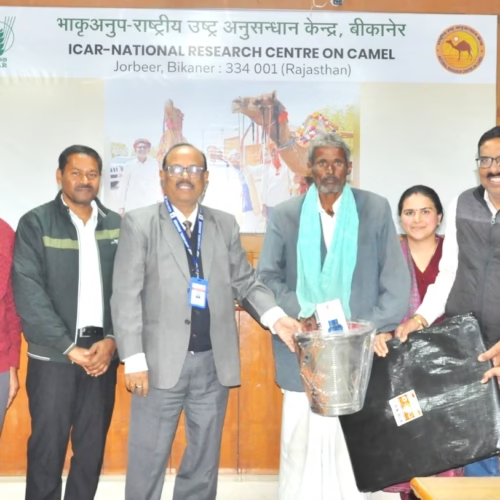


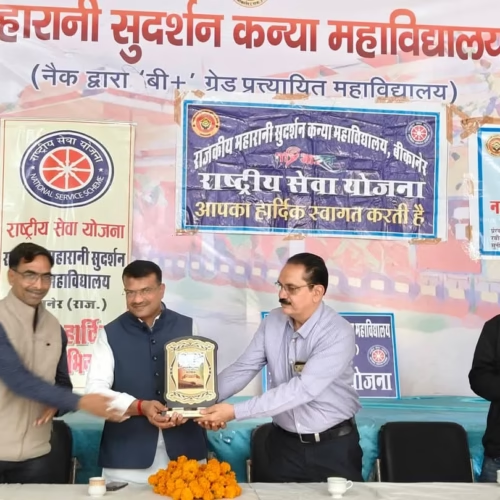
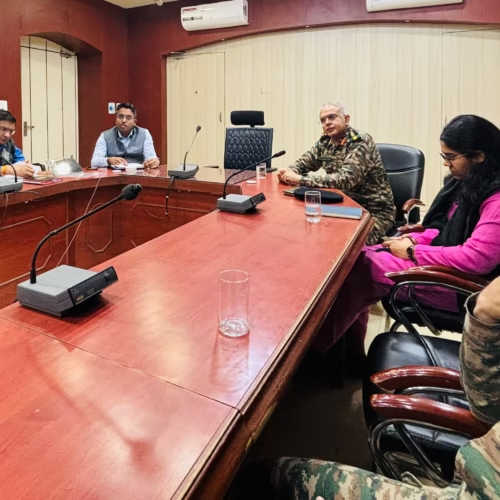
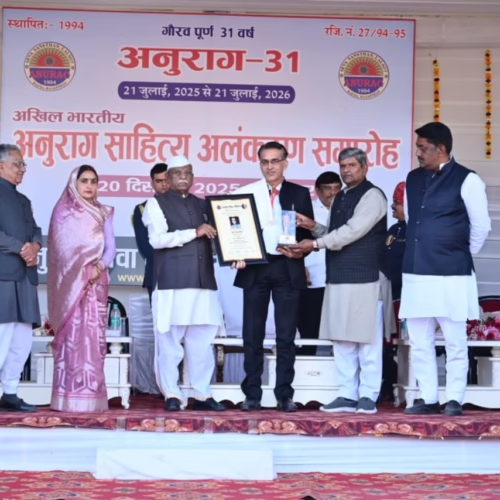


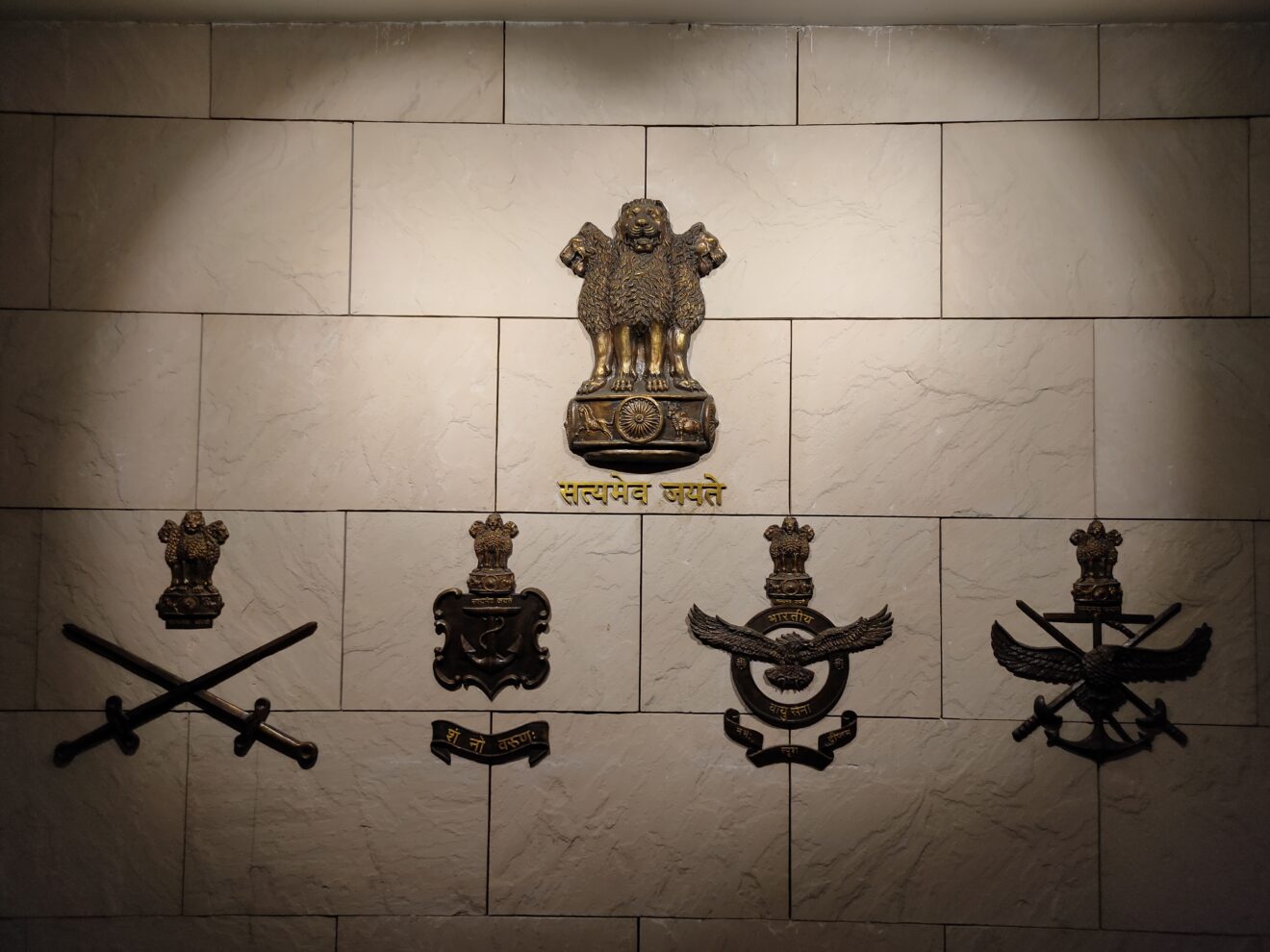




Add Comment